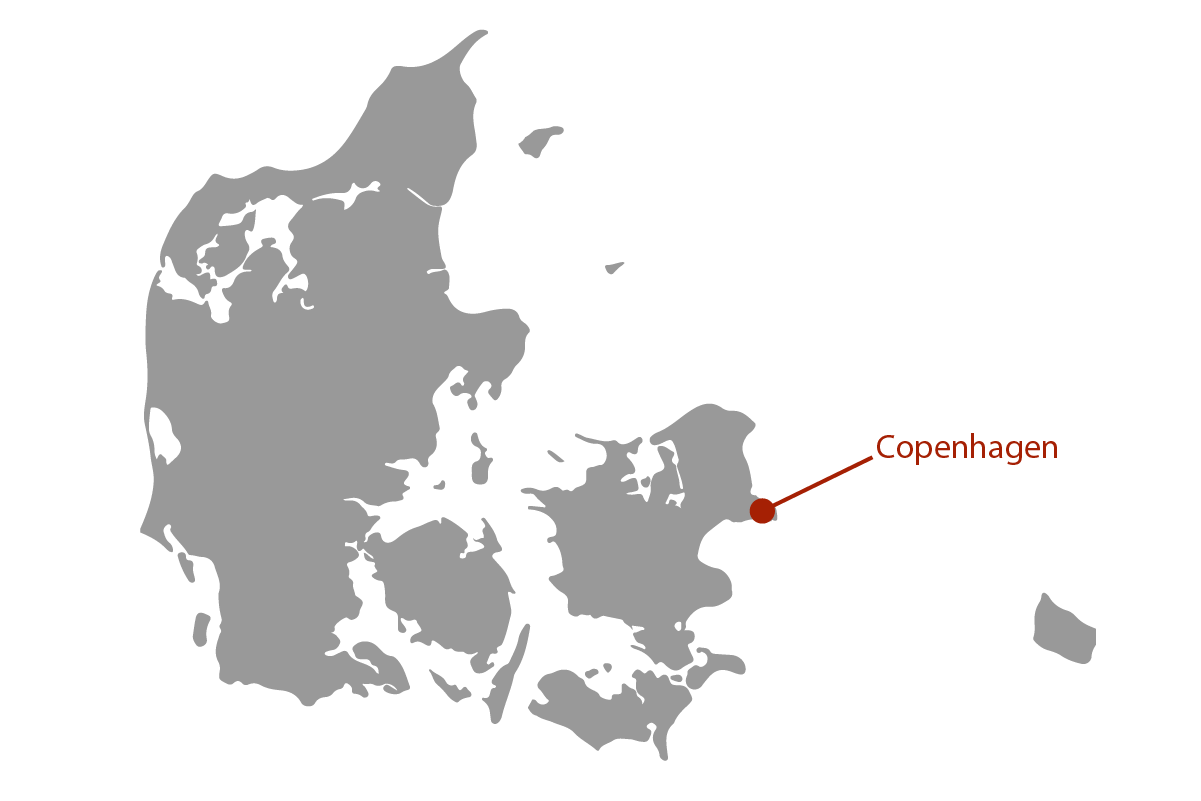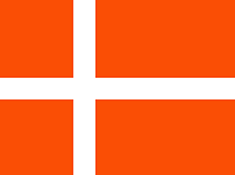Ranked number 1 in the 2016 World Happiness Report, Denmark is the birthplace of Lego and Smørrebrød (open faced sandwich), home to Vikings and one of the world's best restaurants, and with a coastline that’s almost as long as Brazil's, Denmark has much to offer to travellers.
While only the 133rd biggest country in the world, the Kingdom of Denmark is a wonderfully intriguing holiday destination with much to explore, taste and discover.
|
Whatever time of year you decide to go, pack a rain jacket and some good shoes, get travel insurance for Denmark, and head to 'the happiest place on earth.'
Copenhagen is Denmark's capital and biggest city. The ideal and very Danish way of conquering Copenhagen is by bike, and there are numerous places to borrow or rent them for the duration of your stay.
Denmark is known for its ecological awareness, so it seems right for travellers to use a bike in the big cities rather than taxi or car.
|
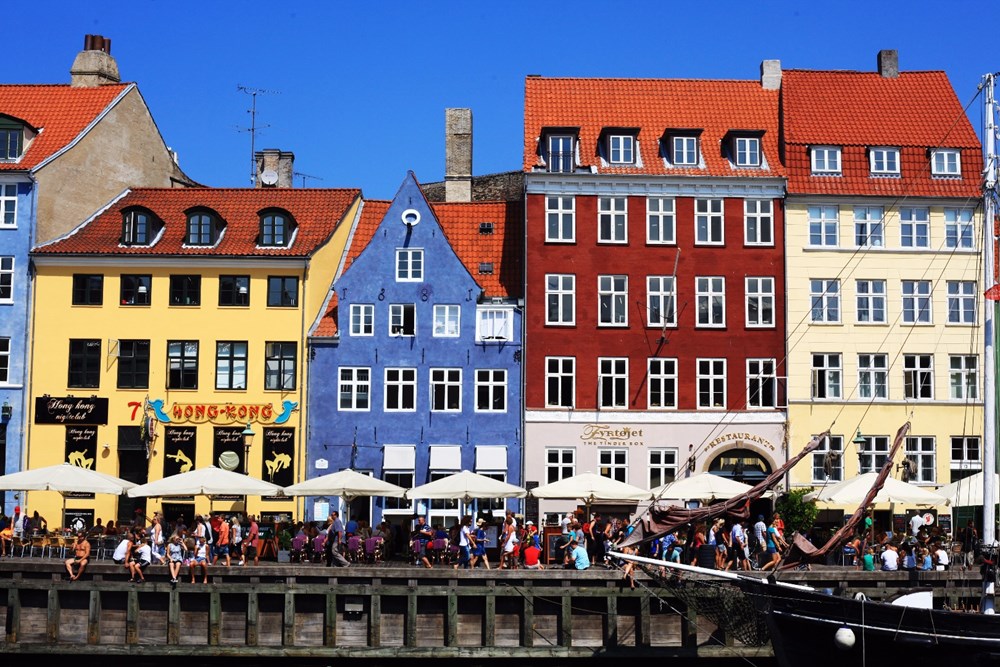
|
Copenhagen has a lot to offer, there are:
- Museums, such as the Danish National Gallery or the science based Experimentarium,
- Viewpoints such as the famous Round Tower or the spire at the Church of our Savior,
- Some of the best restaurants in the world, most notably NOMA (though don't hold your breath for a reservation)
- And you’ll find excellent examples of world famous Danish design everywhere.
Copenhagen also hosts a range of festivals throughout the year, such as:
- Copenhagen Fashion Week in the first week of February,
- Copenhagen International Film Festival in April, and
- Copenhagen Jazz Festival in July to name but a few.
|
In short, Copenhagen has lots to offer, and many travellers don't even make it out of the city on their holiday! While you’re in Copenhagen, it can be fun to visit the Christiania, a large commune and self-proclaimed autonomous neighborhood.
Copenhagen is not actually attached to the European mainland, but is on the island of Zealand. This area is also home to two notable sites:
- Kronenburg Castle, which is not only spectacular in its own right, but also world famous for being the setting of Shakespeare's Hamlet.
- Stevns Klint, another UNESCO World Heritage Site on the island, bore witness to the last mass extinction when the meteorite Chicxulub hit 65 million years ago.
A quick boat ride from Zealand is the island of Funen. While mocked among the Danish for just being between Zealand and Jutland, it is a place most of us know for being the birthplace of writer Hans Christian Andersen, who wrote stories like 'The Little Mermaid’, ‘The Ugly Duckling' and 'The Emperor's New Clothes'
|
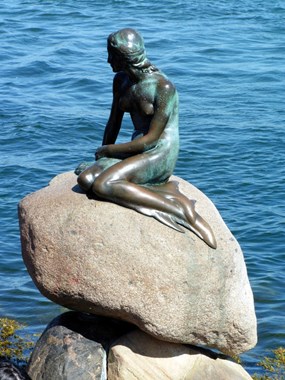 |
|
Jutland is the birthplace of Lego and home to the original Legoland theme park.
Here you’ll also find the world famous Jelling Mounds and access to the Wadden Sea, which is a system of mud flats and intertidal sandbanks.
If you’re going to explore the Wadden Sea, be mindful of the tides and ensure you have proper travel insurance for Denmark.
|
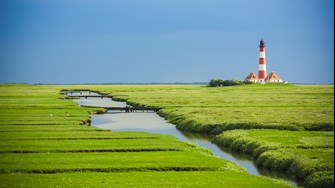 |
To see the most spectacular UNESCO site of Denmark though, you have to leave mainland Europe behind and head to Greenland, which technically speaking is still part of the Kingdom of Denmark. About 250 kms north of the Arctic Circle is the amazing Ilulissat Icefjord, which is the sea mouth of Sermeq Kujalleq glacier. While a bit out of the way, this is truly a once in a lifetime trip and something everyone should have on their bucket list.
|
While most people associate Denmark with Vikings and cold weather, every year millions of Germans come to Jutland to enjoy a beach vacation. And as crazy as it may seem, they’re on to something because Denmark actually has beautiful beaches.
If, however, the main beaches in Jutland are not to your liking, Denmark also has more than 400 islands, of which 72 are inhabited. These islands are well off the beaten tourist path and may make you feel like an early explorer!
|
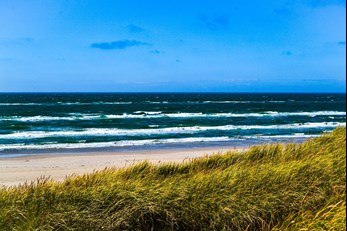 |
Denmark is a remarkably safe place for travellers, but you should still organise travel insurance for any overseas travel. If you do go swimming at the beaches, make sure to check the flags for water ratings and that there is someone to watch you - while the water may appear placid, there are strong currents and undercurrents that can sweep away inexperienced swimmers.
|
With its strong Viking heritage, friendly people, tasty food, and ecological awareness, Denmark is truly a pleasure to travel through.
Over a drink or two in the local pub (or more, as the Danish do like to drink) you’ll find out why Denmark is such a popular travel destination in Europe.
|
 |
For more information on Denmark, visit the Denmark Tourism Website.
 †
†
